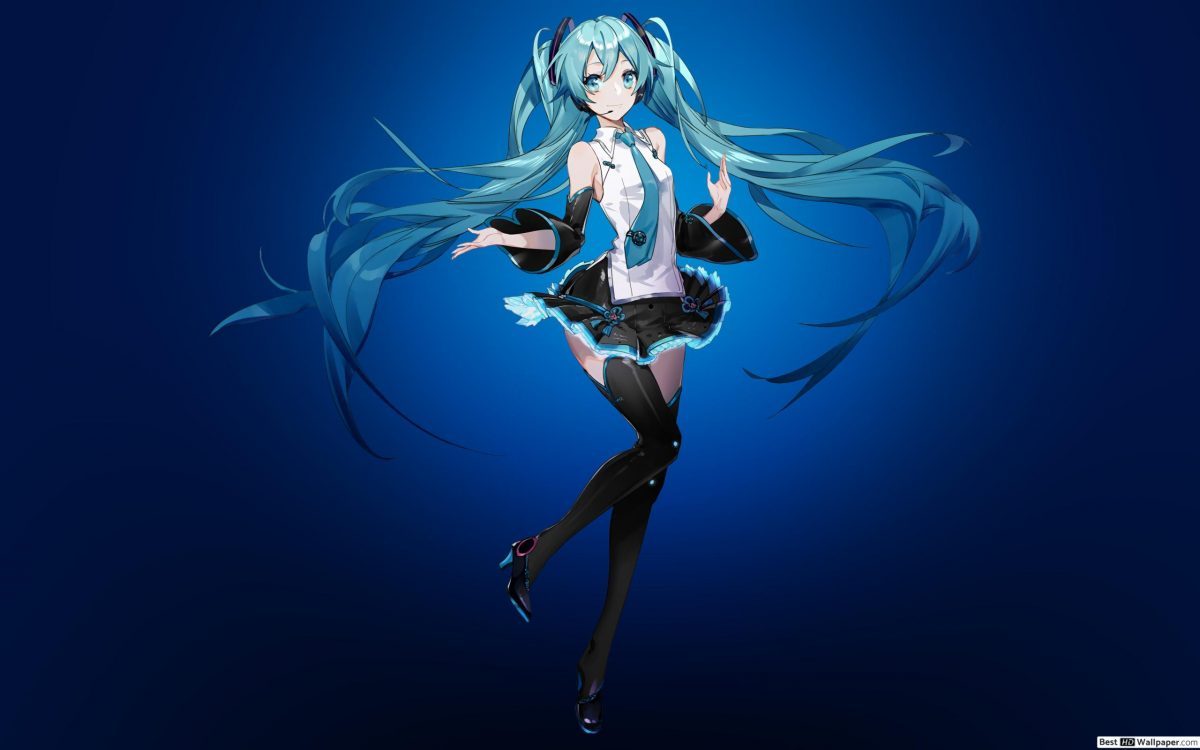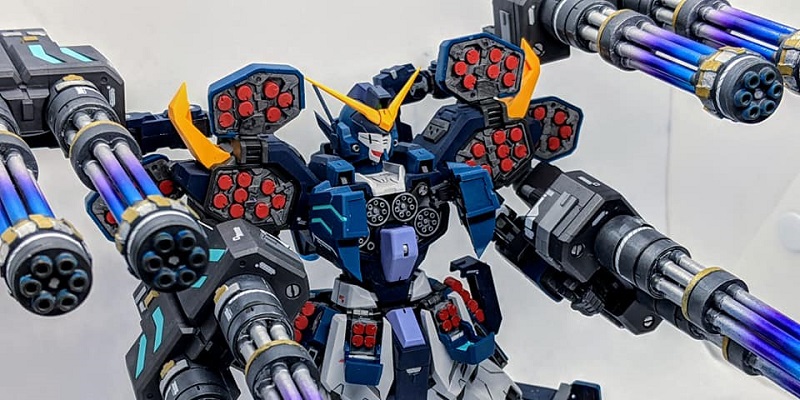There are few names as synonymous with otaku culture around the world as Hatsune Miku. The virtual mascot and idol has made her mark around the world, but what do you really know about the eternally sixteen-year-old character? Let’s deep dive together into her history and the impact she’s had on pop culture around the world!

Birth/Creation
Hatsune Miku debuted on August 31st, 2007. She stands 5’ 2” (158 cm) tall, sports turquoise twin-tails, and is eternally sixteen years old (and don’t you dare ever suggest otherwise). Her name comprises the characters for first (初, hatsu), sound (音, ne), and future (ミク, miku) which was a calculated decision being that she was the first Vocaloid to be released into the world by Crypton Future Media. Her voice is modeled after the voice actor Saki Fujita.
Rise to Stardom
Upon its initial debut, the Vocaloid software was originally aimed only at professional musicians. The amateur otaku audience wasn’t even considered a factor in the market. Within a matter of weeks, however, the software became the number one selling program in the market at that time, generating over 57 million yen (just over $529,000 USD) in revenue. Within a year, over 40,000 copies of the program had been sold.
Part of the reason why Hatsune Miku was such an instant hit in Japanese pop culture was because of the streaming site Nico Nico Douga. Similar to YouTube, amateur composers started uploading their songs to the site almost right away, which inspired the fan community to create artwork or remixes of the more popular songs. Nico Nico Douga was also where the original “spinning leek” meme began.
Starting in March 2008, Hatsune Miku invaded other parts of popular culture, starting with being licensed by Good Smile Racing and having the character painted on their official racing car. This event was followed in 2010 by Crypton Future Media becoming a major sponsor of the annual Sapporo Snow Festival, which meant that you couldn’t throw a snowball without hitting a picture of Hatsune Miku somewhere in the city. She was everywhere.
It would not take long before Hatsune Miku would become embedded in various other media, including a series of rhythm video games titled Hatsune Miku: Project DIVA starting in 2009, a manga series written by Kei Garō titled Maker Hikōshiki Hatsune Mix which ran for three volumes published between 2008 and 2010, and numerous anime references (which culminated in a tiny cameo in Sayonara Zetsubou-sensei).
Hit Singles
You can’t be an idol (even a virtual one) without songs and, thanks to the simplicity of the Vocaloid software, fans delivered in a big way. By 2013, Hatsune Miku’s voice had been used in over 100,000 unique songs, some of which were composed by professional artists such as Supercell. Others released covers of some of the more successful songs which led to one, Color as performed by singer Maria, being used as the opening theme song to the 2011 anime series, Freezing.
Hatsune Miku’s first concert was performed in front of a packed audience at the annual Animelo Summer Live held at the Saitama Super Arena on August 22nd, 2009. This would obviously not be her last show, as she would return to the music festival in 2012.
Read Attending Your First Vocaloid Concert — A Beginner’s Guide here on J-List!
Her first solo concert, however, was titled “Miku no Hi Kanshasai 39’s Giving Day” and was performed at the Zepp Tokyo in Odaiba. Never one to resist a good pun, the concert was performed on March 9th, 2010 (3/9… as in San-kyuu… as in Thank You… told you it was a good pun).
Miku Goes Overseas
Over the next decade, the virtual idol would continue to expand beyond the shores of Japan, with her first overseas concert being held in Singapore at Anime Festival Asia in November 2009. Her first performance in the United States occurred at Anime Expo in Los Angeles in 2011.
This would be followed up in 2013 with the premiere of the first-ever Vocaloid opera, which featured no human singers. Titled “The End,” the opera was performed at the Theatre du Chatelet Opera House in Paris on November 13th and 15th, 2013.
It can be argued, however, that Hatsune Miku reached her peak when she appeared as the musical guest on the October 8th, 2014 episode of Late Night with David Letterman which was a hugely popular late-night talk show in the United States, while also appearing in a series of commercials which aired on American television nationwide.
The Future is Now
Hatsune Miku has become an indelible part of the world music scene. She was even scheduled to take part in the annual Coachella music festival in 2020 before it was canceled because of the world crisis. Her songs continue to be covered, sampled, and remixed to this very day, and with how versatile the program is, her sound will only continue to evolve. The future of music is staring us right in the face and it has turquoise twin tails.















